The peanut butter and jelly sandwich was a favorite when I was young. It not only brought back happy memories of my childhood, but also became a comforting snack. Now, as an adult, I still love it; however, I prefer homemade whole grain bread. This adds a nice texture and more nutrition to the classic sandwich.
In this guide, we’ll show you how to make the perfect grain bread for your PB&J. We’ll cover everything from choosing the right grains to baking techniques. You’ll learn how to make a sandwich that feels like a trip back to your childhood. Plus, it’s a healthier version of a classic.
Table of contents
So, let’s start and discover the secret to the best peanut butter and jelly sandwich. Here, the grain bread is the main attraction.
Understanding the Perfect Grain Bread for Peanut Butter and Jelly Sandwiches
Choosing the right bread is key to a great peanut butter and jelly sandwich. Find out which grains are best for this classic favorite. Learn how they improve the sandwich’s texture and taste.
Common Grain Types for Sandwich Bread
Whole wheat, rye, and multigrain breads are top picks for PB&J sandwiches. Each grain brings its own health benefits and unique taste to the sandwich.
- Whole Wheat Bread: It’s full of fiber, giving a nutty flavor and a chewy texture. This pairs well with creamy peanut butter and sweet jelly.
- Rye Bread: Known for its tangy taste and moist texture, rye bread adds a sophisticated twist to the PB&J. It deepens the sandwich’s flavors.
- Multigrain Bread: Made from oats, barley, and quinoa, multigrain bread is nutritious and offers a nice texture. It makes for a fulfilling sandwich.
Health Benefits of Different Grains
Opting for whole grain bread in your PB&J boosts both taste and health. In addition, whole grains are packed with fiber, vitamins, and minerals, making them a healthier choice than white bread. As a result, this simple switch can provide a significant nutritional benefit.
Texture Considerations for PB&J
The bread’s texture is as crucial as the grain type for a perfect PB&J. Soft, sliceable bread lets peanut butter and jelly spread evenly. A chewy or dense texture adds a delightful mouthfeel.
| Grain Type | Texture | Flavor Profile |
|---|---|---|
| Whole Wheat | Chewy, Nutty | Hearty, Wholesome |
| Rye | Dense, Moist | Tangy, Complex |
| Multigrain | Varied, Textural | Robust, Nutritious |
Essential Ingredients for a Classic Peanut Butter and Jelly on Grain Bread
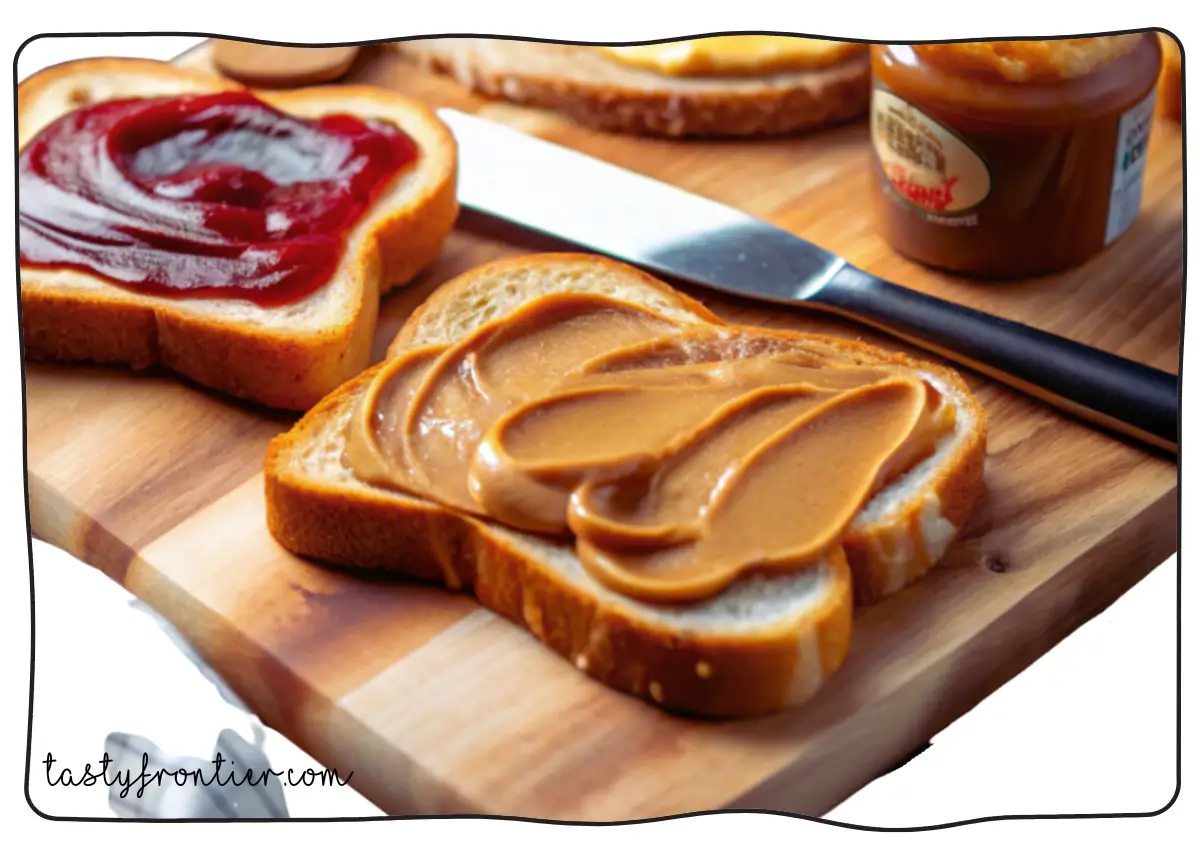
Making the perfect peanut butter and jelly sandwich on grain bread is an art. It pleases many with its mix of flavors and textures. A few key ingredients are at the heart of this beloved American dish.
Start with top-notch peanut butter. Choose a creamy or crunchy type made from 100% roasted peanuts. It should be free from added sugars or oils. This peanut butter should spread well and add a rich, nutty flavor.
The fruit preserves or jelly is just as crucial. Grape jelly is a classic choice, offering a sweet and tangy taste. But feel free to try other flavors like strawberry, raspberry, or apricot. This adds a special touch to your jelly and bread sandwich.
The grain bread is the base of your sandwich. Choose a hearty, whole-grain loaf. It should be sturdy yet soft to hold the peanut butter and jelly filling. The whole grains add a nutty, earthy flavor that complements the other ingredients.
With these key ingredients, you’re ready to make a delicious jelly and bread sandwich. It will satisfy your taste buds and leave you wanting more.
Bread Grain Recipe for Peanut Butter and Jelly: Step-by-Step Guide
Making the perfect grain bread for your PB&J sandwiches is simple. Follow this guide to create the ideal loaf for your classic PB&J creations.
Preparing the Dough
Start by mixing your chosen grain, like whole wheat or oats, with all-purpose flour in a big bowl. Add warm water, yeast, and a bit of honey or maple syrup to start the dough. Knead it until it’s smooth and elastic.
Kneading and Rising Techniques
- Knead the dough for 5-10 minutes, by hand or with a stand mixer, until it’s smooth.
- Put the dough in a greased bowl, cover it, and let it rise for 1-2 hours in a warm place. It should double in size.
- Punch down the dough to get rid of air bubbles. Then, shape it into a loaf and put it in a greased bread pan.
Baking Temperature and Timing
Heat your oven to 350°F (175°C). Bake the bread for 30-40 minutes, until the crust is golden and a toothpick comes out clean. Let it cool completely before slicing and serving.
Follow these steps for a delicious, homemade grain bread perfect for PB&J sandwiches. Enjoy the fresh, wholesome taste and know you’ve made something special.
Best Peanut Butter Varieties for Your Peanut Butter and Jelly Sandwich
Choosing the right peanut butter and jelly for your whole grain bread is key. You can pick from creamy, crunchy, natural, or flavored peanut butters. Each one can change your sandwich game.
Smooth peanut butter is a timeless favorite. It’s smooth and creamy, perfect with soft whole grain bread. If you like a bit of crunch, crunchy peanut butter adds a nice texture.
Natural peanut butter is great for those who want something simple. It’s made from roasted peanuts and salt, without added sugars or oils. It pairs well with the nutty taste of whole grain bread.
Want to try something new? Flavored peanut butters like honey-roasted or chocolate-swirled can add a fun twist. They make your peanut butter and jelly sandwich even more special.
“The perfect peanut butter for your sandwich is the one that speaks to your taste buds and complements the wholesome goodness of the whole grain bread.”
So, what’s the best peanut butter for your PB&J sandwich? It’s the one that you enjoy the most. Try different kinds to find your favorite.
Selecting the Right Jelly Flavors for Your Peanut Butter and Jelly Creation
Choosing the right jelly flavor is key to a great peanut butter and jelly sandwich. While grape jelly is a classic favorite, trying other flavors can make your sandwich even better.
Traditional Grape vs. Alternative Options
Grape jelly is known for its sweet and tangy taste that pairs well with peanut butter. But, why not try strawberry, raspberry, or apricot jelly? These can add a fresh twist to the classic PB&J, pleasing different tastes.
Sugar Content Considerations
Look at the sugar content in your jelly. Many jellies have a lot of added sugars, which can make your sandwich less healthy. Choose low-sugar or no-sugar-added jellies for a better option.
Organic and Natural Choices
- For a healthier choice, go for organic and natural jellies. They use real fruit and less sugar, giving a truer taste.
- Organic jelly is also good for those who avoid artificial stuff or have dietary needs.
Choosing the right jelly for your PB&J is all about what you like. Try different flavors and sugar levels to find the best match for your homemade bread and peanut butter.
The Art of Assembling the Perfect Peanut Butter and Jelly
Making the perfect bread PB&J sandwich is an art. It needs attention to detail and knowing how to mix ingredients. Whether you like the classic PB&J or something new, getting the technique right is crucial. It ensures every bite is just right in texture and taste.
Start with fresh grain bread. Slice it evenly so each piece is the same thickness. This helps prevent the sandwich from getting soggy or having uneven peanut butter and jelly.
- Spread a good amount of peanut butter on one slice of bread, making sure to cover the edges.
- On the other slice, put a dollop of your favorite jelly or jam. Spread it evenly.
- Put the two slices together gently, pressing them together to stick.
- Then, cut the sandwich diagonally or in half, as you like. Serve with carrot sticks or apple slices for a complete meal.
The secret to a great bread PB&J sandwich is the right mix of ingredients. Too much peanut butter or jelly can overpower the bread. Too little, and it’s dry and lacking. Try different mixes to find what you like best.
“The secret to a great peanut butter and jelly sandwich is all in the assembly. Get the right balance of flavors, and you’ve got a classic that can’t be beat.” – Janie Doe, Sandwich Connoisseur
With these tips, you’re ready to make the ultimate bread peanut butter and jelly sandwich. Enjoy this classic treat and add your own special touches.
Nutritional Benefits of Whole Grain Peanut Butter and Jelly Sandwiches
Choosing whole grain bread for your peanut butter and jelly sandwich boosts its nutritional value. This simple change can make this favorite snack a healthy part of your diet.
Protein Content Analysis
Peanut butter makes a whole grain PB&J a great protein source. It has about 8 grams of protein per 2-tablespoon serving. Adding whole grain bread increases the protein, making your sandwich more filling and energizing.
Fiber and Essential Nutrients
Whole grain bread is full of dietary fiber, which is good for your digestion and keeps you full. It also has vitamins, minerals, and antioxidants that are vital for your health. Choosing whole grain bread for your PB&J means you’re getting a lot of important nutrients.
Caloric Breakdown
| Ingredient | Calories | Fat (g) | Carbs (g) | Protein (g) |
|---|---|---|---|---|
| 2 slices whole grain bread | 160 | 2 | 30 | 6 |
| 2 tbsp peanut butter | 190 | 16 | 7 | 8 |
| 1 tbsp jelly | 50 | 0 | 13 | 0 |
| Total | 400 | 18 | 50 | 14 |
A whole grain can i eat peanut butter with whole grain bread? sandwich is nutritious and balanced. It has the right amount of calories and is rich in protein, fiber, and vitamins. Enjoy this classic snack as a healthy choice in your diet.
Storage Tips for Homemade Grain Bread for Peanut Butter and Jelly
Keeping your homemade grain bread fresh is crucial for a great peanut butter and jelly sandwich. We’ll cover the best ways to store and freeze your bread. This way, you can enjoy it for longer.
Maintaining Freshness: Storing Grain Bread
To keep your homemade grain bread soft and tasty, follow these tips:
- Store the bread at room temperature in a bread box or paper bag. Avoid airtight plastic containers to prevent staling.
- Slice the loaf only as needed. This helps keep it moist.
- Wrap leftover slices in plastic wrap or aluminum foil to keep them fresh.
- Enjoy the bread within 3-5 days for the best taste.
Freezing Grain Bread for Future Use
Freezing your homemade grain bread is a great way to enjoy it later. Here’s how to do it:
- Let the bread cool completely before wrapping it in plastic wrap or foil.
- Put the wrapped loaf in a resealable freezer bag. Remove as much air as you can.
- Freeze the bread for up to 3 months. Thaw it at room temperature for 4-6 hours before slicing.
| Storage Method | Shelf Life | Freshness Preservation |
|---|---|---|
| Room Temperature | 3-5 days | Best for short-term storage |
| Freezer | Up to 3 months | Keeps texture and flavor for longer |
By using these storage methods, your homemade bread grain recipe will stay fresh. This ensures you can make delicious peanut butter and jelly sandwiches whenever you want.
Creative Variations on the Classic Peanut Butter and Jelly
The classic peanut butter and jelly sandwich is a timeless favorite. But, there’s a whole world of tasty variations to try. Add gourmet twists and international flavors to make your sandwich truly special.
Gourmet Twists and Add-ins
Try using different breads like rye, whole wheat, or brioche for your PB&J sandwich. Instead of grape jelly, choose artisanal preserves like strawberry, raspberry, or blackberry. For a special treat, add a drizzle of honey or a sprinkle of cinnamon to your is peanut butter and jelly good on rye bread?
International Inspirations
- Explore international flavors in your PB&J. Try a Thai-inspired version with peanut sauce and sliced fresh mango.
- For a Latin American twist, layer your sandwich with dulce de leche and banana.
- Embrace the Mediterranean with a mix of tahini, fig jam, and toasted pine nuts.
There are countless ways to make your bread peanut butter and jelly sandwich unique. Experiment with new ingredients and flavors to find your perfect PB&J.
Troubleshooting Common Bread Baking Issues for Peanut Butter and Jelly Sandwiches
Baking the perfect bread grain for your classic peanut butter and jelly recipe can sometimes be a challenge. However, with the right troubleshooting techniques, you can ensure consistently delicious results for your homemade sandwiches.
Tackling Texture Troubles
If your bread grain turns out dense and heavy, it could be due to over-kneading or using too much flour. To remedy this, try reducing the kneading time and using a lighter hand when incorporating additional flour during the process.
Uneven Rising Woes
Inconsistent rising can lead to an uneven texture in your bread grain. Ensure your yeast is fresh and active, and pay close attention to the proofing time. Allowing the dough to rise in a warm, draft-free environment can help it expand evenly.
Preventing Over-Browning
If your bread grain is browning too quickly on the outside while remaining doughy on the inside, adjust your oven temperature and baking time. Try lowering the heat and extending the baking duration to allow the interior to fully cook without over-darkening the crust.
By addressing these common bread grain baking issues, you’ll be well on your way to creating the perfect foundation for your delectable peanut butter and jelly recipe. With a little practice and these troubleshooting tips, your homemade sandwiches will be a delight to enjoy.
Common Mistakes to Avoid When Making Peanut Butter and Jelly
Making the perfect peanut butter and jelly sandwich is an art. But, it’s easy to make mistakes. Knowing the common errors can help you make a better bread peanut butter and jelly sandwich. This way, every bite will be full of flavor and texture.
Bread-to-Spread Ratio
The right amount of bread, peanut butter, and jelly is key. Too much bread can hide the fillings. Too little can make the sandwich messy. Try to balance them equally for the best taste.
Assembly and Storage Errors
How you put the sandwich together and store it matters a lot. Don’t spread the peanut butter and jelly unevenly. This can make some parts dry or soggy. Also, storing it wrong can make the bread stale or the fillings leak out.
By avoiding these mistakes and practicing the basics, you’ll make jelly and bread sandwiches that look great and taste amazing.
Conclusion
Making the perfect grain bread peanut butter and jelly sandwich is all about careful planning. It starts with picking the right bread grains and ends with putting it all together. Each step is important for a tasty and healthy snack.
Quality ingredients, proper techniques, and creativity are key. This way, you can make a classic PB&J even better. Try different peanut butters and jellies to find your favorite.
With this guide, you’re ready to make the best PB&J sandwich ever. Start experimenting and find your perfect mix. Get ready to enjoy the fruits of your labor.
FAQ
Can I use whole grain bread for a peanut butter and jelly sandwich?
Yes, you can! Whole grain breads like whole wheat, rye, or multigrain are great for PB&J. They add a hearty texture and extra nutrition to the classic sandwich.
What are some common grain types used for sandwich bread?
Common grains for sandwich bread include whole wheat, rye, multigrain, and oats. Each grain brings its own taste, texture, and health benefits to your PB&J.
How do I make homemade grain bread for peanut butter and jelly?
Making homemade grain bread for PB&J is easy. Just follow a simple recipe. It will teach you how to mix, knead, and bake the dough. This way, you’ll get a loaf that’s perfect for your PB&J.
What type of peanut butter works best for a peanut butter and jelly sandwich?
You can use either smooth or crunchy peanut butter for PB&J. Choose what you like best. Try different types like natural or flavored peanut butters to find your favorite.
What are some alternative jelly flavors to try with peanut butter?
There are many jelly flavors you can try with peanut butter. Options like strawberry, raspberry, apricot, fig, or blackberry are great. Think about sugar content and whether they’re organic or natural.
How do I assemble the perfect peanut butter and jelly sandwich on grain bread?
To make the perfect PB&J, focus on the right amount of peanut butter and jelly. Spread them evenly on the bread. Don’t overstuff it to keep the bread from getting soggy.
What are the nutritional benefits of a whole grain peanut butter and jelly sandwich?
A whole grain PB&J is nutritious. It has protein from peanut butter, fiber from grains, and vitamins and minerals. It’s part of a balanced diet when eaten in moderation.
How should I store homemade grain bread for future peanut butter and jelly sandwiches?
Store your homemade grain bread properly to keep it fresh. Freezing and thawing as needed helps maintain its quality. This way, you can enjoy your bread for longer.
Can I use rye bread for a peanut butter and jelly sandwich?
Yes, you can! Rye bread adds a unique twist to PB&J. Its earthy flavor complements the sweetness of jelly and the richness of peanut butter, making it a gourmet option.

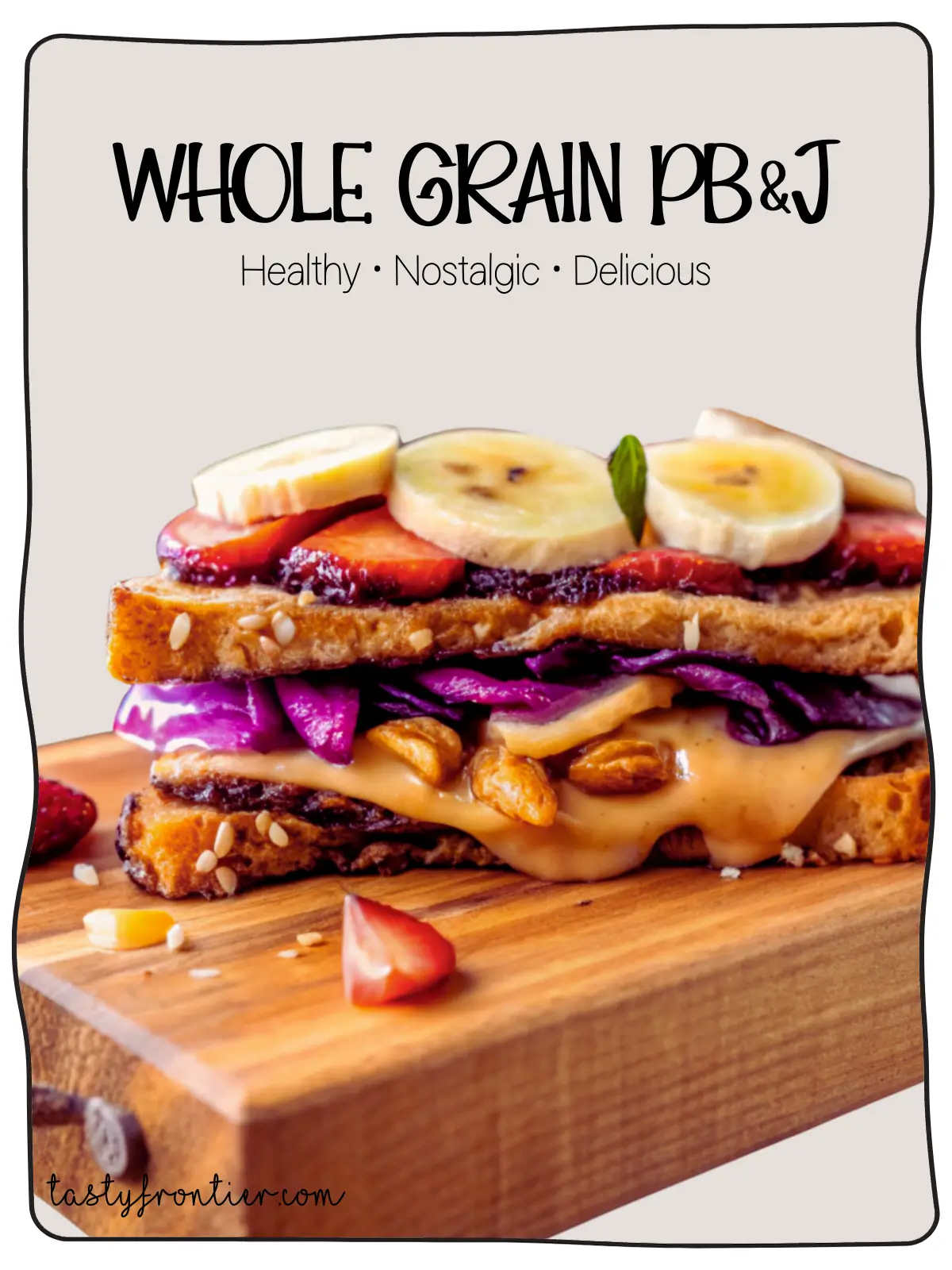


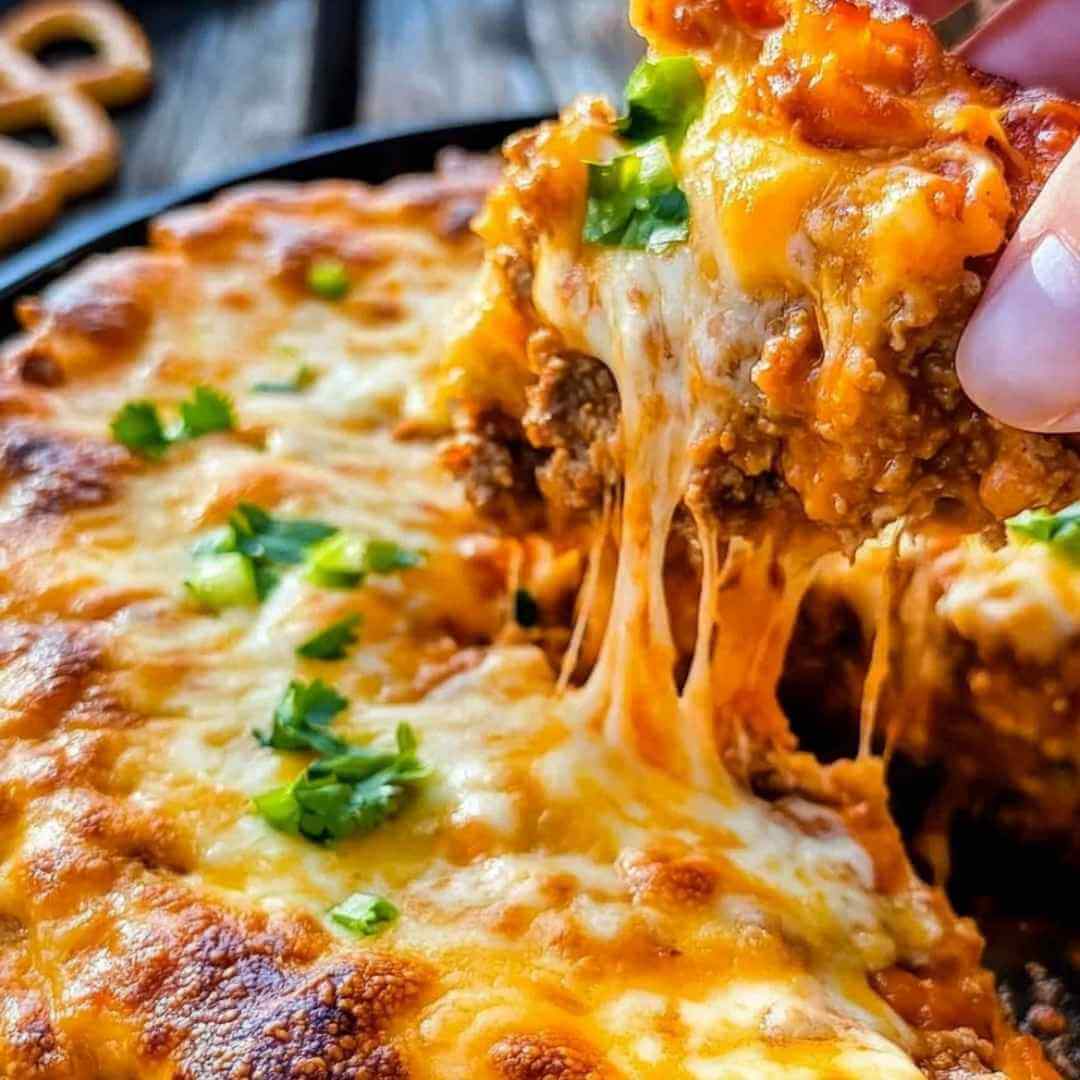
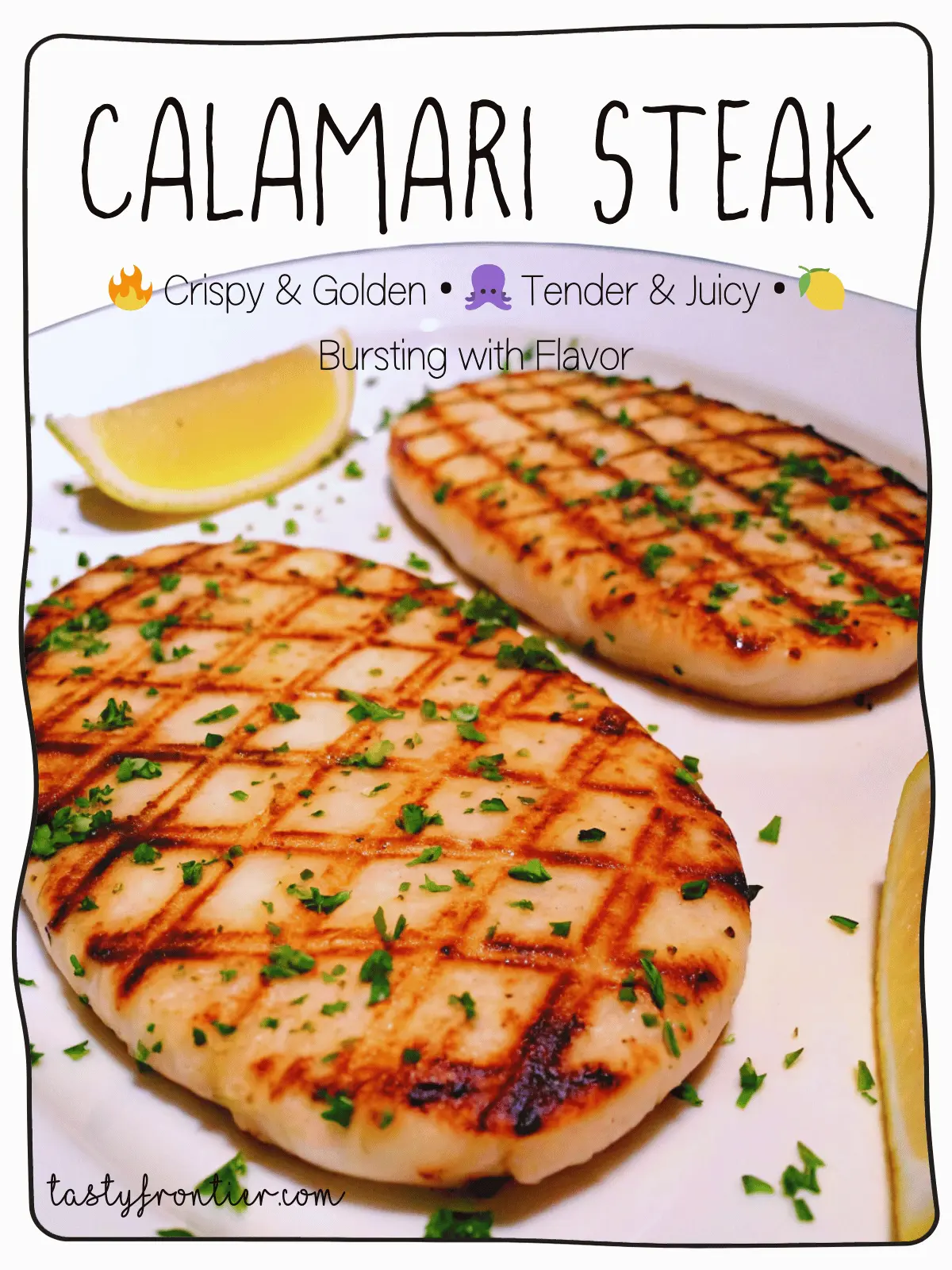
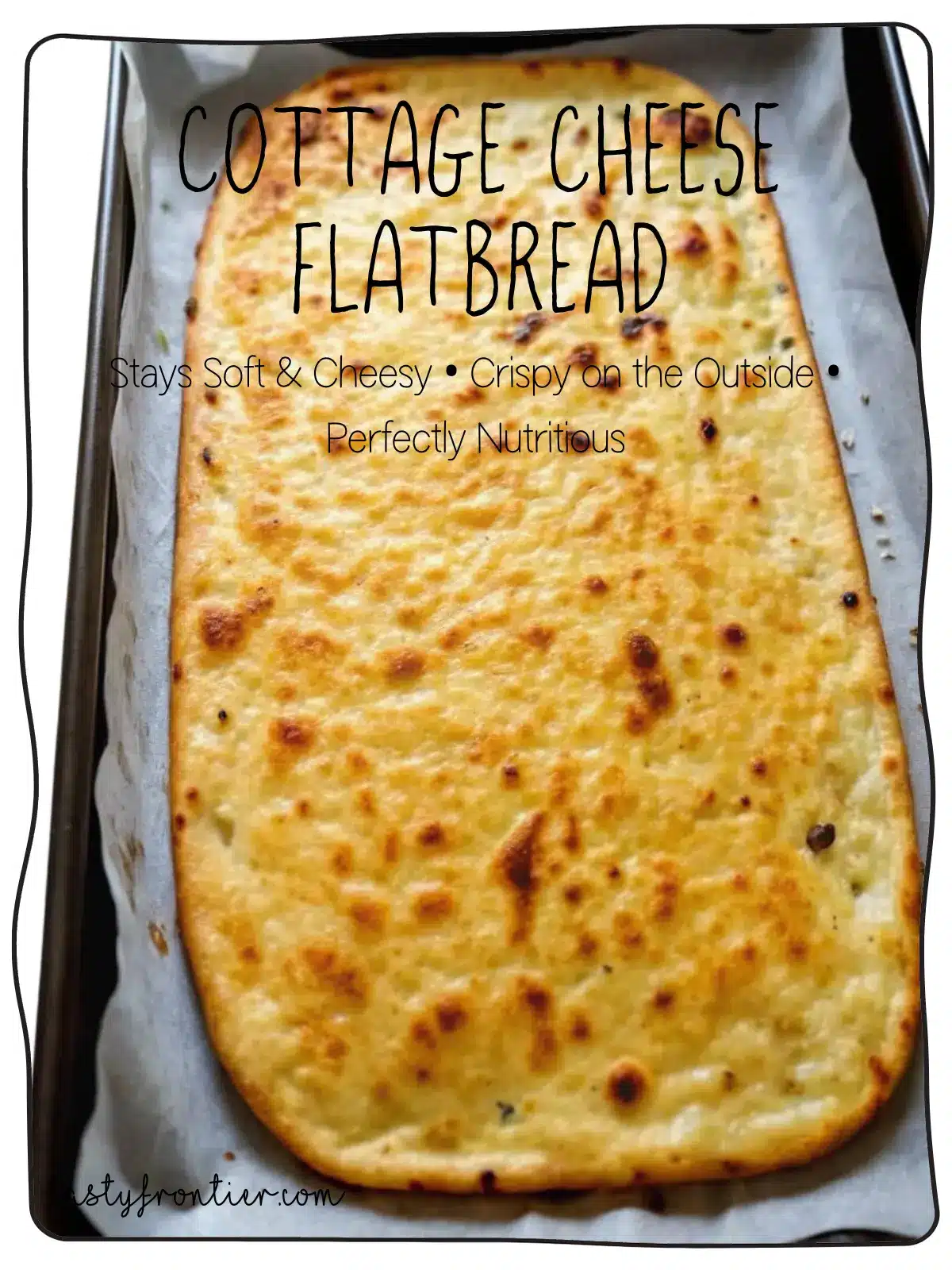
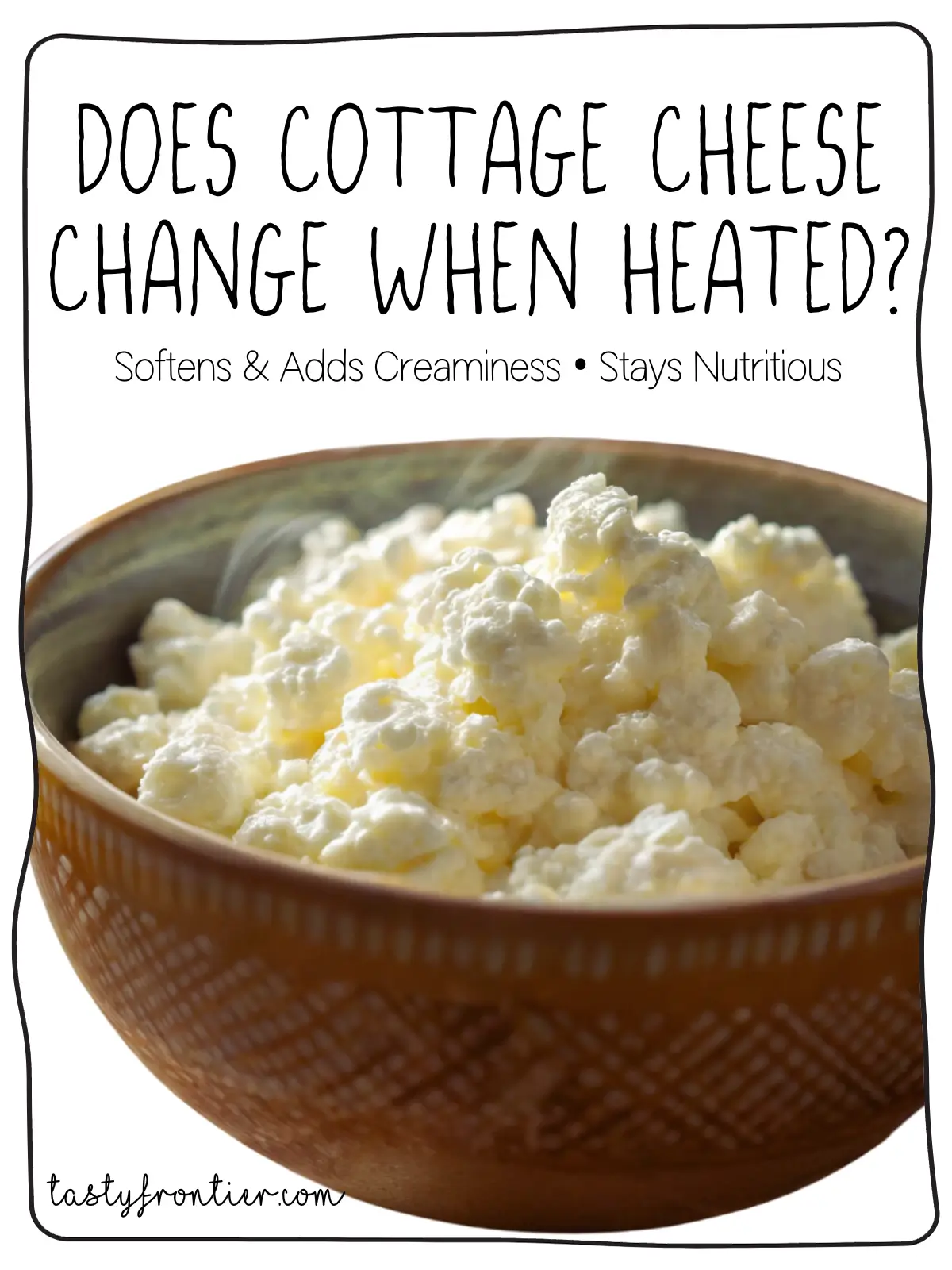

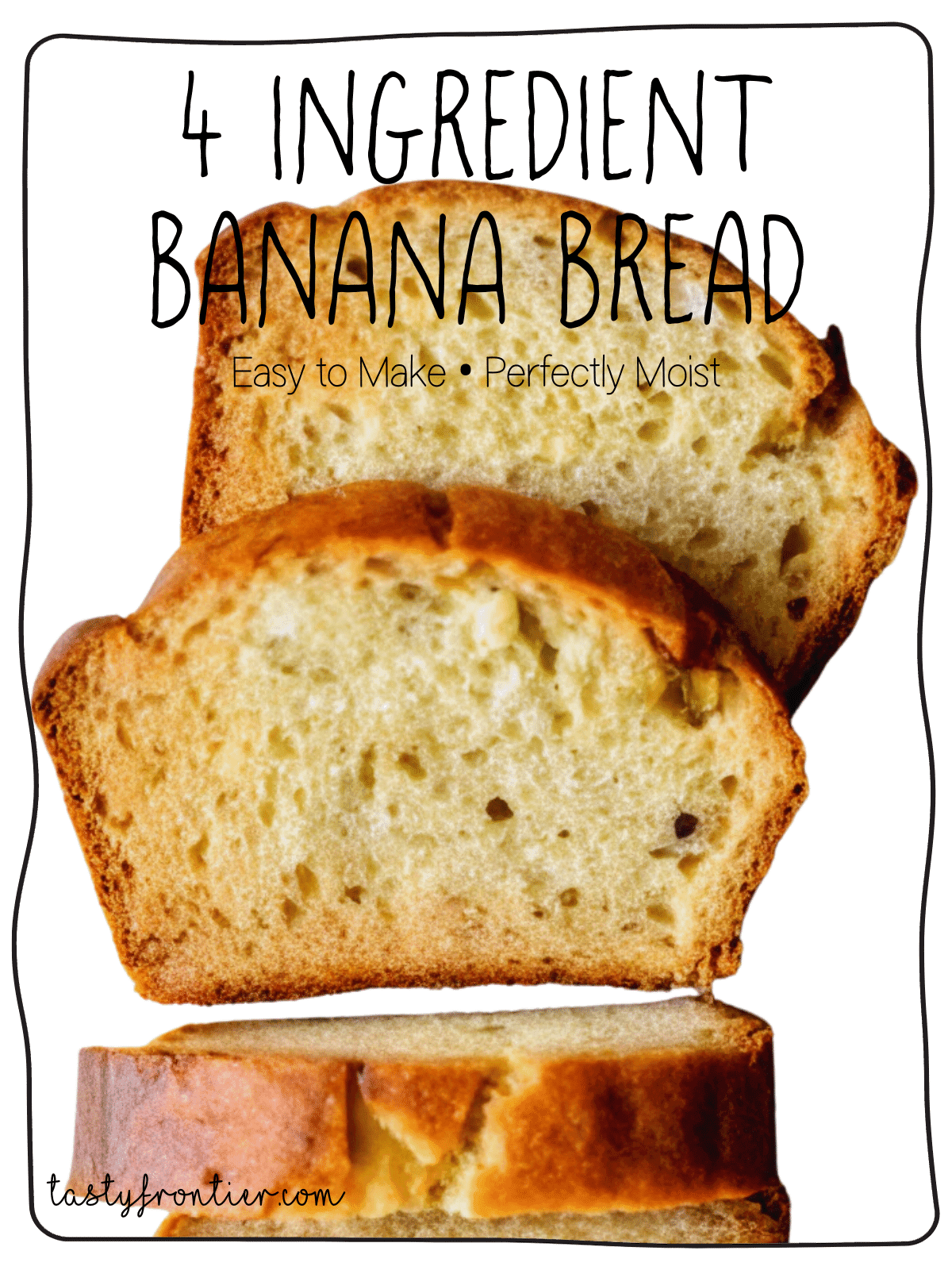
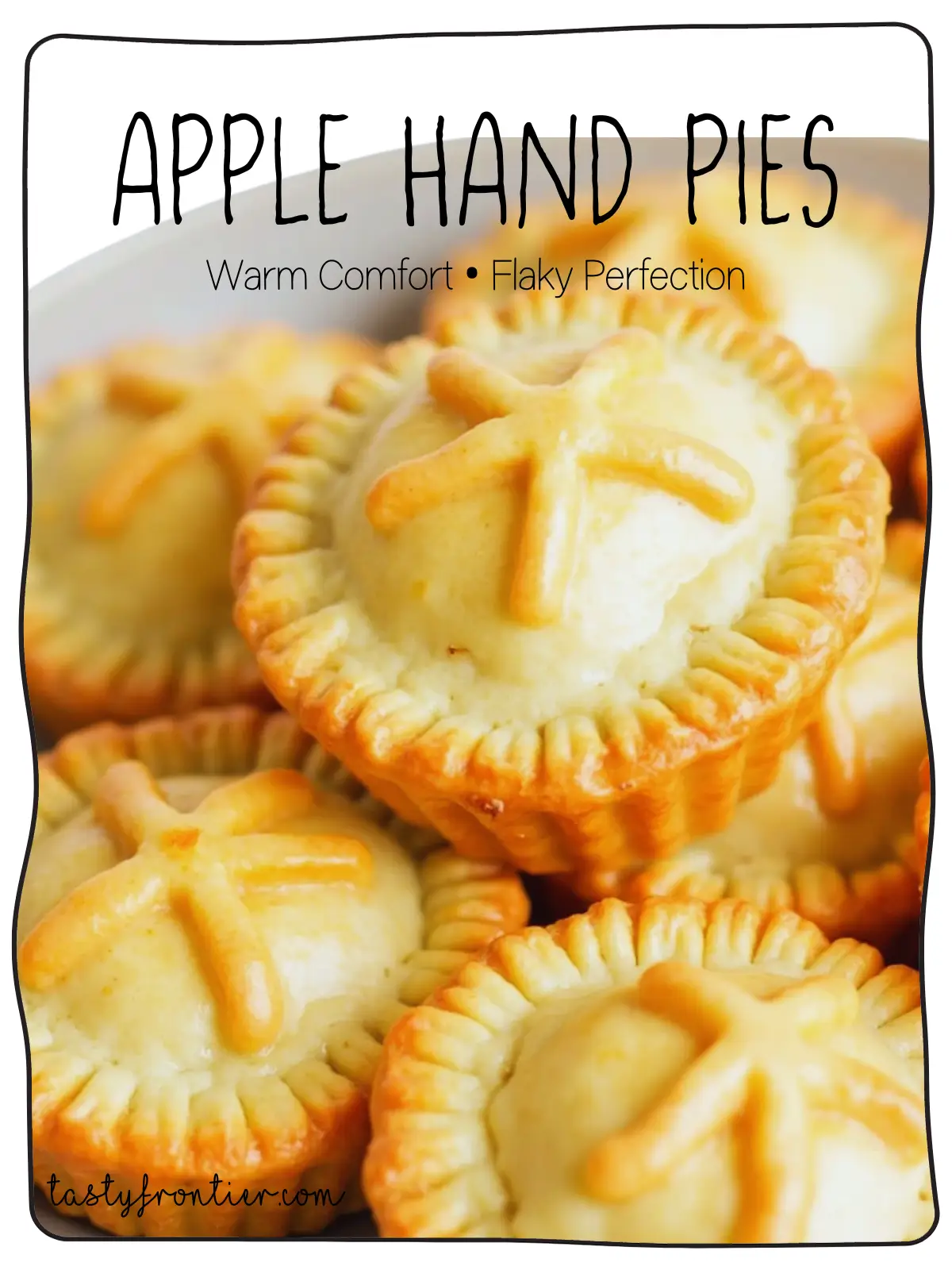


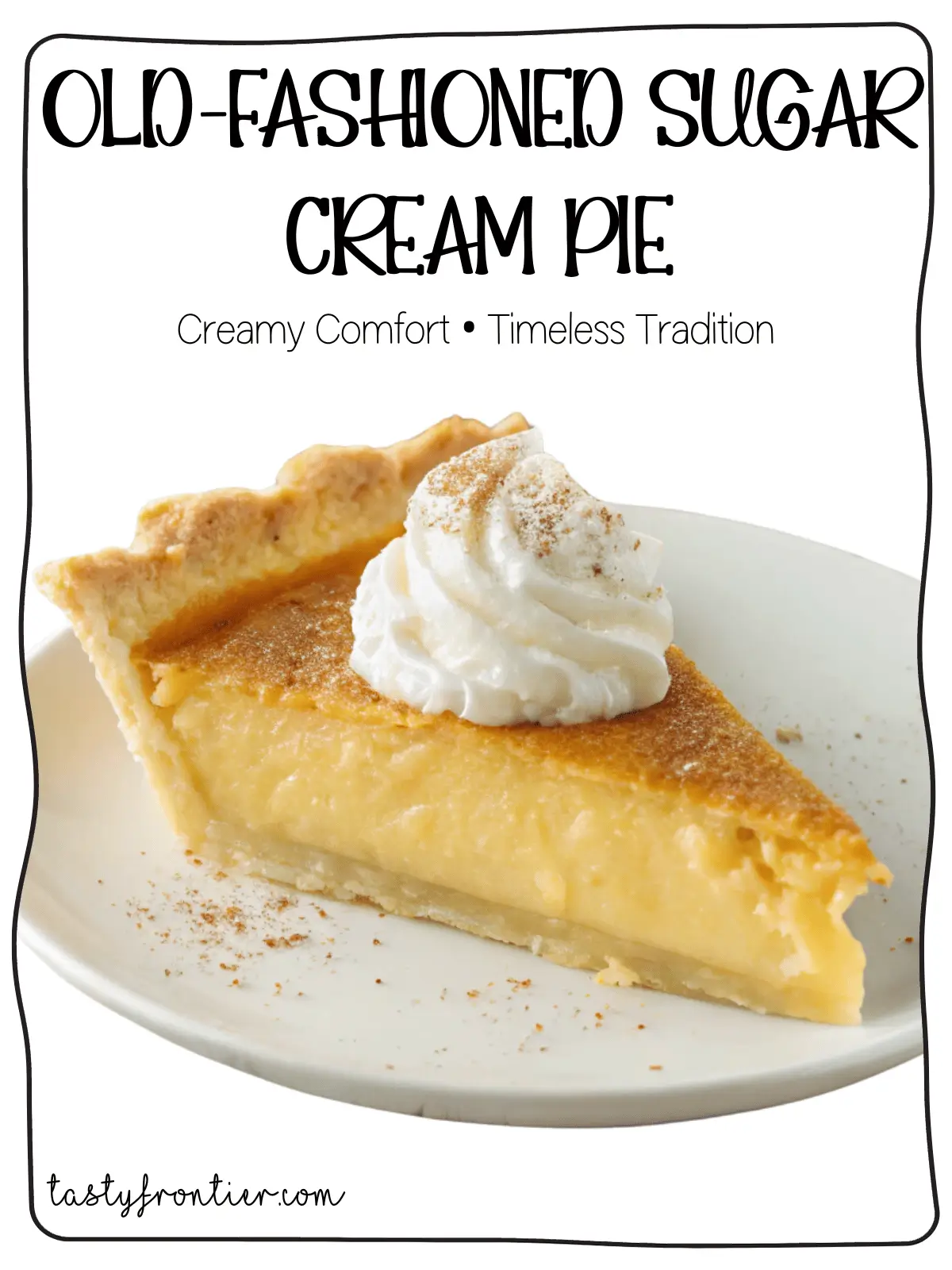
3 thoughts on “Bread Grain Recipe Peanut Butter and Jelly”
Comments are closed.